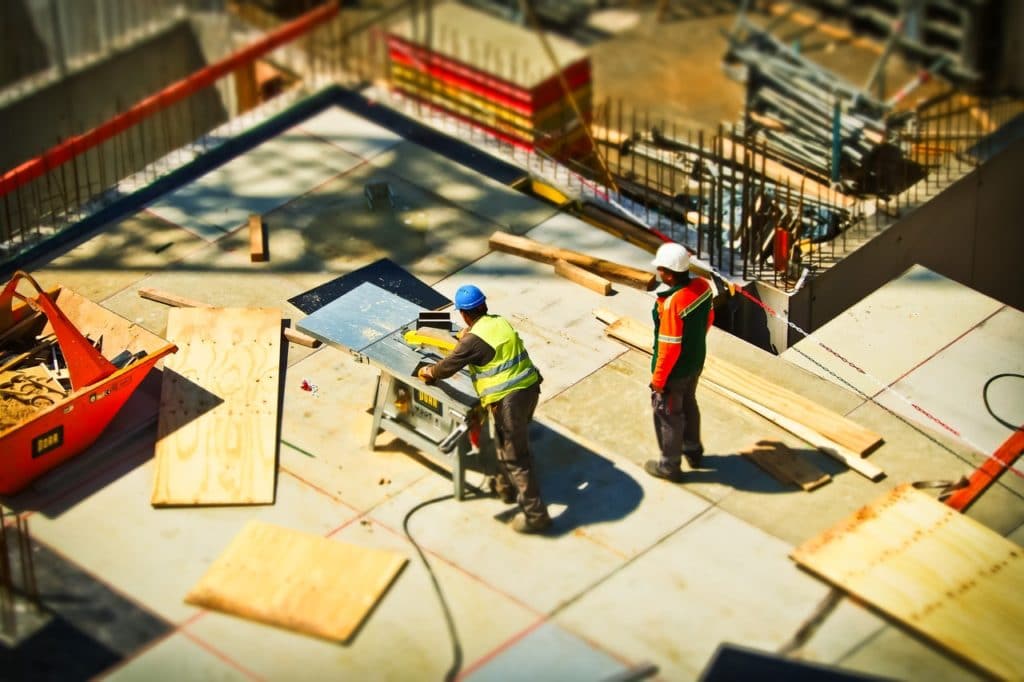For many, buying a home is never enough. It is building the home of their dreams which remains an ultimate goal. All of us want our abode to be just the way we like it. However, many tend to give up on this dream due to lack of funds.
If you are thinking of building your home brick by brick, you need to be aware of construction loans to get you started. Being hands-on in the construction of your home can be an exciting process but the finances remain complicated, especially for the first-timers.
What is a construction loan?
A construction loan is basically a form of home financing which is aimed to help those who want to build their house from scratch. It is slightly different from the regular home loan which can only be used for buying a property. In a construction loan, you can build your home as you wish and the expenses of the same will be covered by the loan. There are many lenders who specialize in offering construction loans and you need to learn more about them before you make an application.
When you use a construction loan, the estimated amount of the construction will not be provided to you right away. Instead, the lender will give you portions of the loan as the construction progresses. This is the main difference between a home loan and a construction loan. However, you will have to provide a deposit to cover the initial cost of the materials in order to begin construction.
How does the loan work?
Before you take a construction loan, you need to understand how it works. Once the loan is approved, the lender will start making payments to the builder at each stage of construction. At the completion of every phase, the lender will ask you to present an invoice from the builder so that a payment can be issued. The builder will outline the total amount needed in order to construct the home and will divide the cost into multiple segments.
Lenders can also send someone to check the progress of construction before issuing the payment. There are basically five stages in the loan. The first stage is the slab down or the base and this will cover for the cost of laying the foundation of the house and installing plumbing. It will comprise 10% of the contract cost and will take about two weeks.
The second stage is the frame. Here the lender will pay for the expenses incurred in building the frame of the property and it comprises of 15% of the total contract. This stage includes some brickworks and could take about a month to complete. The third stage is the stage of lock-up which is also the most significant part of the contract. It comprises 35% of the contract and it includes the expenses incurred for the closing up of the property. It includes payments for doors, construction of walls and insulation of the house. The fourth stage is the stage of fixing. In this stage, the lender will pay for the fittings and fixtures in the home including the kitchen and bathroom cabinets, shelves, tiles, and doors. It makes up 20% of the cost of the contract and will take about six weeks to complete. The last and final stage is the stage of completion. It covers the finishing touches, installation of fences, painting, polishing, and cleaning of the site. It consists of 15% of the contract and will take about two months to finish.
After this stage, you can take a good look at the house and decide if there are any alterations or modifications required to be made. Inform the builder within six to eight weeks if you need any changes. A construction loan can help you turn your dreams into a reality without breaking the bank. However, it is very important to understand the stages of the loan and plan accordingly. You can take the help of the builder to understand every stage of the construction before you apply for the loan. The lender will keep a check on the stage and on the expenditure incurred during each phase. Plan well in advance on the amount of loan you need and the deposit you can offer for the same. Once this is done, you are in a position to apply for a loan and start with the initial stages of construction.





